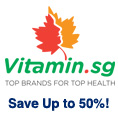| VITAMINS.SG |
Vitamin BVitamin B is a complex of several vitamins. It is a complex of chemically distinct vitamins that often coexist in the same foods. Vitamin B1 (Thiamine)
Vitamin B1, also known as Thiamine, is a colourless compound that is soluble in water. It decomposes under gentle heating and it is only soluble in water. Vitamin B2 (Riboflavin) Vitamin B2 is also known as
Riboflavin is soluble Sources of Vitamin B2 includes leafy vegetables, soybeans, milk, cheese. Riboflavin, being yellow in colour is commonly used as a natural food colouring and to fortify foods like breakfast cerals and milk products. Vitamin B3 (Niacin)
Commonly known as Niacin or nicotinic acid, Vitamin B3 is soluble in water and play essential roles in energy metabolism. Deficiency in niacin causes pellagra. A mild deficiency will slow down the rate of metabolism, therefore decreasing cold tolerance and results in obesity in the human body.
Vitamin B5 (Pantothenic acid)
Pantothenic acid, or Vitamin B5 is soluble in water. It is an antioxidant and is required to break down fats, proteins and carbohydrates.Sources of vitamin B5 include whole grain cereals, eggs and meat.
Vitamin B6 (Pyridoxine)
Vitamin B7 (Biotin)
Biotin is used in the production of fatty acids, metabolism of fats and amino acids. It also aids cell growth. It plays a role in the citric acid cycle, a series of chemical reactions of central importance in all living cells that utilize oxygen as part of cellular respiration. Not only does Biotin assists in various metabolic chemical conversions, it also helps with the transfer of carbon dioxide. It is also helpful in maintaining a steady blood sugar level and is often recommended for use to strengthen hair and nails. Vitamin B9 (Folic Acid)
Sources of folate include fortified cereals and leafy vegetables. However most folate do not come from naturally-occuring products, our intake of folate mostly comes from fortified food products. Vitamin B12 (Cyanocobalamin)
Vitamin B12 cannot be made by plants or animals as only bacteria have the enzymes required for its synthesis. Industrial production of B12 is through fermentation of selected microorganisms. These are frequently grown under special conditions to enhance yield, and at least one company, Rhône-Poulenc of France, at one point used genetically engineered versions of one or both of these species. Vitamin B12 is naturally found in meat (especially liver and shellfish), milk and eggs. Animals, in turn, must obtain it directly or indirectly from bacteria, and these bacteria may inhabit a section of the gut which is posterior to the section where B12 is absorbed. Eggs are often mentioned as a good B12 source, but they also contain a factor that blocks absorption. Certain insects such as termites contain B12 produced by their gut bacteria, in a manner analogous to ruminant animals. |
|
Subscribe to receive latest news of promotion from our Company!
|
Copyright © 2005 - Vitamins.sg
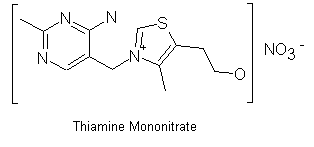
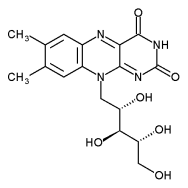 in water and easily absorbed by the human
body. It acts as an agent to aid the metabolising of
carbohydrates, fats and proteins. Riboflavin is required
for the formation of red blood cells and respiration,
production of antibodies, regulation of human growth and
reproduction. Vitamin B2 is essential for good health and
good growth of skin, hair and nails. It also helps in the
prevention of several eye disorders and may assist
bloodshot, itching or burning eyes.
in water and easily absorbed by the human
body. It acts as an agent to aid the metabolising of
carbohydrates, fats and proteins. Riboflavin is required
for the formation of red blood cells and respiration,
production of antibodies, regulation of human growth and
reproduction. Vitamin B2 is essential for good health and
good growth of skin, hair and nails. It also helps in the
prevention of several eye disorders and may assist
bloodshot, itching or burning eyes.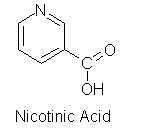
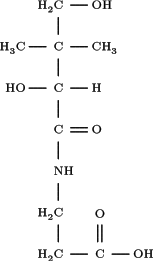
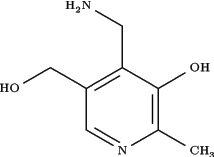 There are two major forms of vitamin B6, namely
pyridoxine and pyridoxamine. They are converted to
pyridoxal 5'-phosphate (PLP) which is a cofactor in many
reactions of a
There are two major forms of vitamin B6, namely
pyridoxine and pyridoxamine. They are converted to
pyridoxal 5'-phosphate (PLP) which is a cofactor in many
reactions of a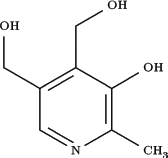 mino acid metabolism. PLP is also necessary for
the enzymatic reaction governing the release of glucose
into the body.
mino acid metabolism. PLP is also necessary for
the enzymatic reaction governing the release of glucose
into the body.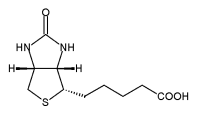 Biotin, is a soluble in water. It is important
in the catalytic reactions of essential metabolic
reactions to synthesize fatty acids, in gluconeogenesis,
and to metabolise leucine.
Biotin, is a soluble in water. It is important
in the catalytic reactions of essential metabolic
reactions to synthesize fatty acids, in gluconeogenesis,
and to metabolise leucine.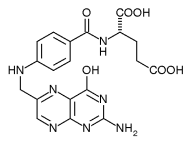 Folic acid, with its anion form called folate,
is an important compound in preventing neural tube defects
(NTDs) in the developing human fetus. Both folic acid and
folate are both soluble in water. Folate occurs naturally
in food however folic acid is the synthetic form of this
natural vitamin that is usually found in supplements.
Folate is also nececssary for the production and
maintenance of new cells, which is especially important
during periods of rapid cell division and growth during
infancy. Humans need folate to produce red blood cells
which prevents anemia.
Folic acid, with its anion form called folate,
is an important compound in preventing neural tube defects
(NTDs) in the developing human fetus. Both folic acid and
folate are both soluble in water. Folate occurs naturally
in food however folic acid is the synthetic form of this
natural vitamin that is usually found in supplements.
Folate is also nececssary for the production and
maintenance of new cells, which is especially important
during periods of rapid cell division and growth during
infancy. Humans need folate to produce red blood cells
which prevents anemia.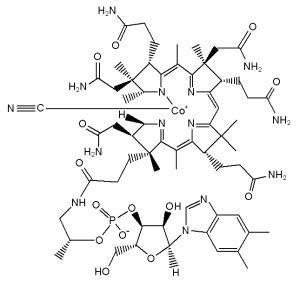 Vitamin B12, known as cyanocobalamin generally
refers to all forms of the vitamin.
Vitamin B12, known as cyanocobalamin generally
refers to all forms of the vitamin.